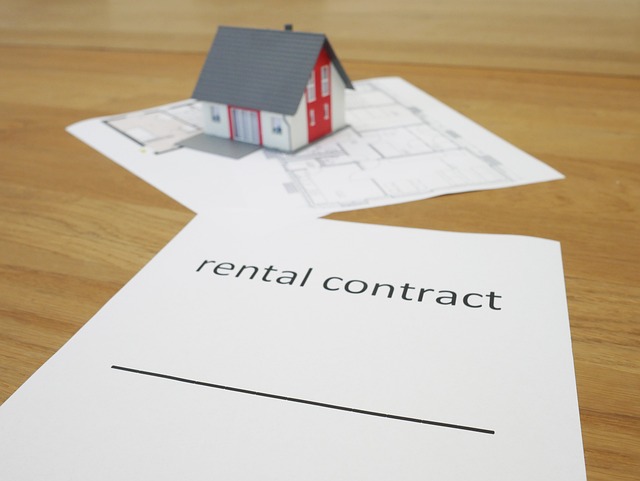Granny Pods: Smart Homes for Multigenerational Care
Granny pods (also called ADUs or granny annexes) are compact, self-contained dwellings placed on the same property as a family home to provide seniors with private, accessible living close to loved ones. Discover how these units support aging in place, reduce long-term care costs, and balance independence with family caregiving in multigenerational households.

How granny pods enable multigenerational living
Granny pods are an approachable and adaptable option for families who want their older relatives nearby without sacrificing privacy. Installed on the same lot as the main house, these small, standalone units offer a separate residence that keeps seniors within easy reach of family support. This layout encourages regular interaction across generations while allowing everyone to maintain independent routines and boundaries. For families providing day-to-day care, proximity reduces travel time and stress, making caregiving more practical and sustainable.
Advantages of granny pods for seniors and families
There are several clear benefits that make granny pods an attractive alternative to nursing homes or institutional assisted living:
- Aging in place: Seniors can remain in a familiar neighborhood and preserve ties to their community, which supports emotional well-being.
- Cost savings: Compared with long-term residence in assisted living or skilled nursing facilities, a granny pod can be significantly more affordable over time, helping families manage care expenses.
- Increased privacy and dignity: A self-contained unit gives older adults personal space and autonomy while still keeping family nearby.
- Easier caregiving logistics: Close proximity allows family members to respond quickly to needs and monitor health and safety without full-time institutional oversight.
These advantages contribute to better quality of life for many seniors and reduce the logistical and financial burden on families who prefer to provide care at home.
How granny pods connect with the main house
Although granny pods are standalone structures, they are typically integrated into the property’s systems and aesthetic. Most units connect to the main dwelling’s utilities—electricity, water, and sewage—so they function like a typical home. Design options often allow exterior finishes and rooflines to match the main house, creating a unified appearance that preserves curb appeal. Increasingly, models include smart-home capabilities such as remote monitoring, fall-detection sensors, and automated controls that allow family members or caregivers to check on wellness discreetly and efficiently.
Key design features for senior-friendly living
Granny pods are purpose-built with accessibility and safety in mind. Common design elements focus on preventing falls, easing movement, and enabling quick help when needed:
- Wide doorways and hallways to accommodate wheelchairs and walkers
- Non-slip flooring materials to reduce fall risk
- Strategically placed grab bars, especially in bathrooms
- Lever-style door handles and user-friendly fixtures for those with reduced dexterity
- Generous, layered lighting to eliminate shadows and hazards
- Emergency call or alert systems for rapid assistance
- Reliable climate control to maintain comfort and protect vulnerable health
These features support independence while lowering the likelihood of accidents and emergency room visits.
| Provider | Features | Estimated Cost |
|---|---|---|
| MEDCottage | Medical monitoring, smart home technology | $85,000 - $125,000 |
| The Granny Pad | Customizable designs, energy-efficient | $40,000 - $60,000 |
| FabCab | Eco-friendly materials, accessible design | $65,000 - $150,000 |
| Elder Cottages | Portable units, quick installation | $35,000 - $75,000 |
Prices, rates, or cost estimates mentioned in this article are based on the latest available information but may change over time. Independent research is advised before making financial decisions.
Impact on property value and zoning considerations
Adding a granny pod can increase usable living area and, in many cases, boost a home’s market value by providing flexible space for guests, renters, or multigenerational families. Yet buyer preferences vary, and some purchasers may see an accessory unit as less desirable depending on their plans for the property. Before moving forward, homeowners should research local zoning ordinances and permitting requirements. Many municipalities have specific rules for accessory dwelling units (ADUs), including maximum size, setback distances, and occupancy rules. Working with planners or experienced contractors can help ensure the pod complies with building codes, utility hookups, and neighborhood regulations.
Practical planning tips
When considering a granny pod, take these steps to streamline the process:
- Check local ADU regulations and permitting workflows early.
- Budget for not only the unit but utility connections, site prep, and potential property upgrades.
- Evaluate accessibility modifications tailored to the resident’s needs rather than a one-size-fits-all approach.
- Consider technology options for remote monitoring that respect privacy while improving safety.
- Consult with real estate and tax professionals to understand how an ADU might affect property taxes or resale value.
Conclusion
Granny pods offer a flexible, private, and often cost-effective alternative to institutional senior housing. By enabling older adults to live independently on the same property as family members, these units foster closer relationships, simplify caregiving logistics, and help seniors remain in familiar surroundings. While costs and zoning rules vary, careful planning, thoughtful design, and local research can make a granny pod a practical long-term strategy for multigenerational households.
This article is for informational purposes only and should not be considered medical advice. Please consult a qualified healthcare professional for personalized guidance and treatment.






